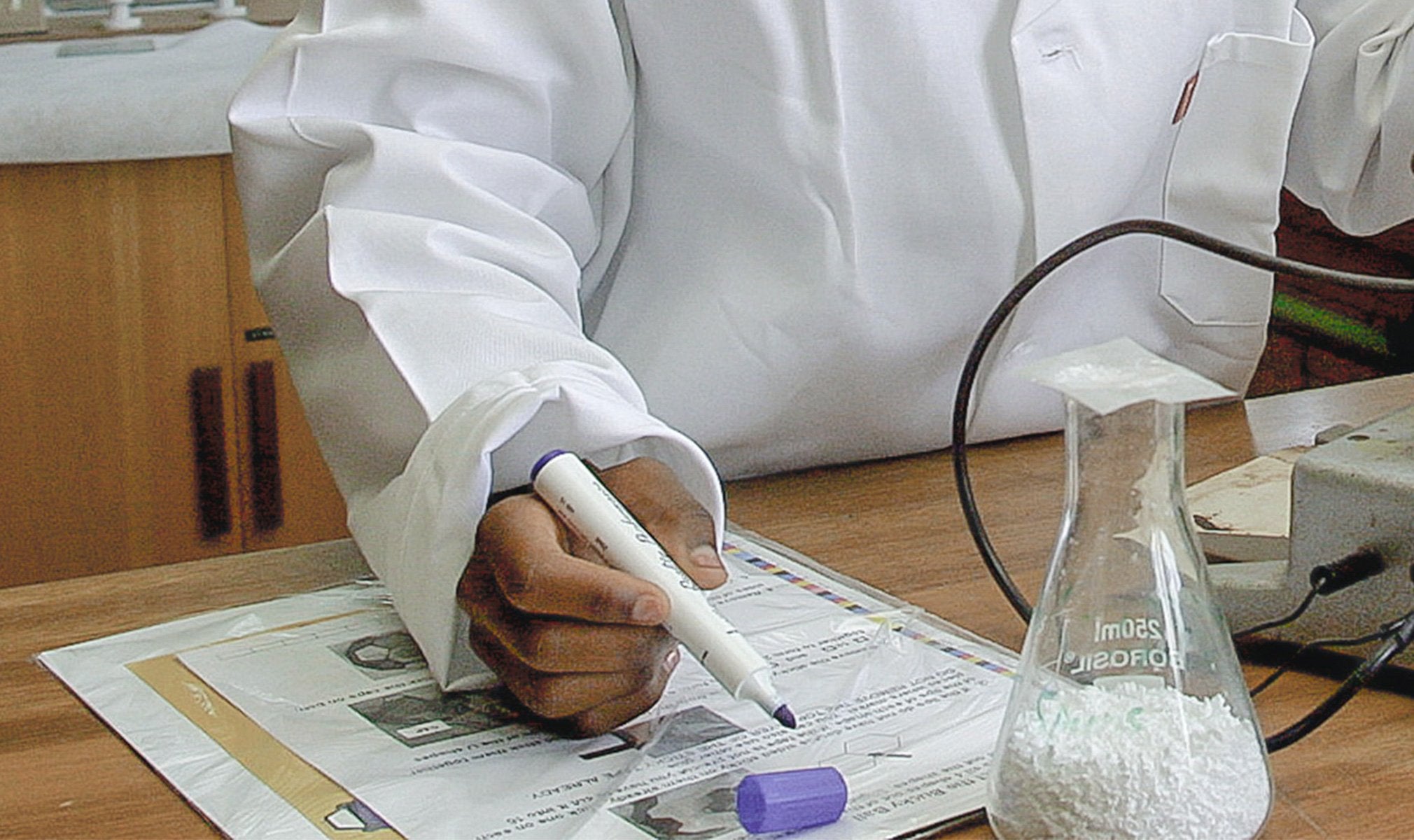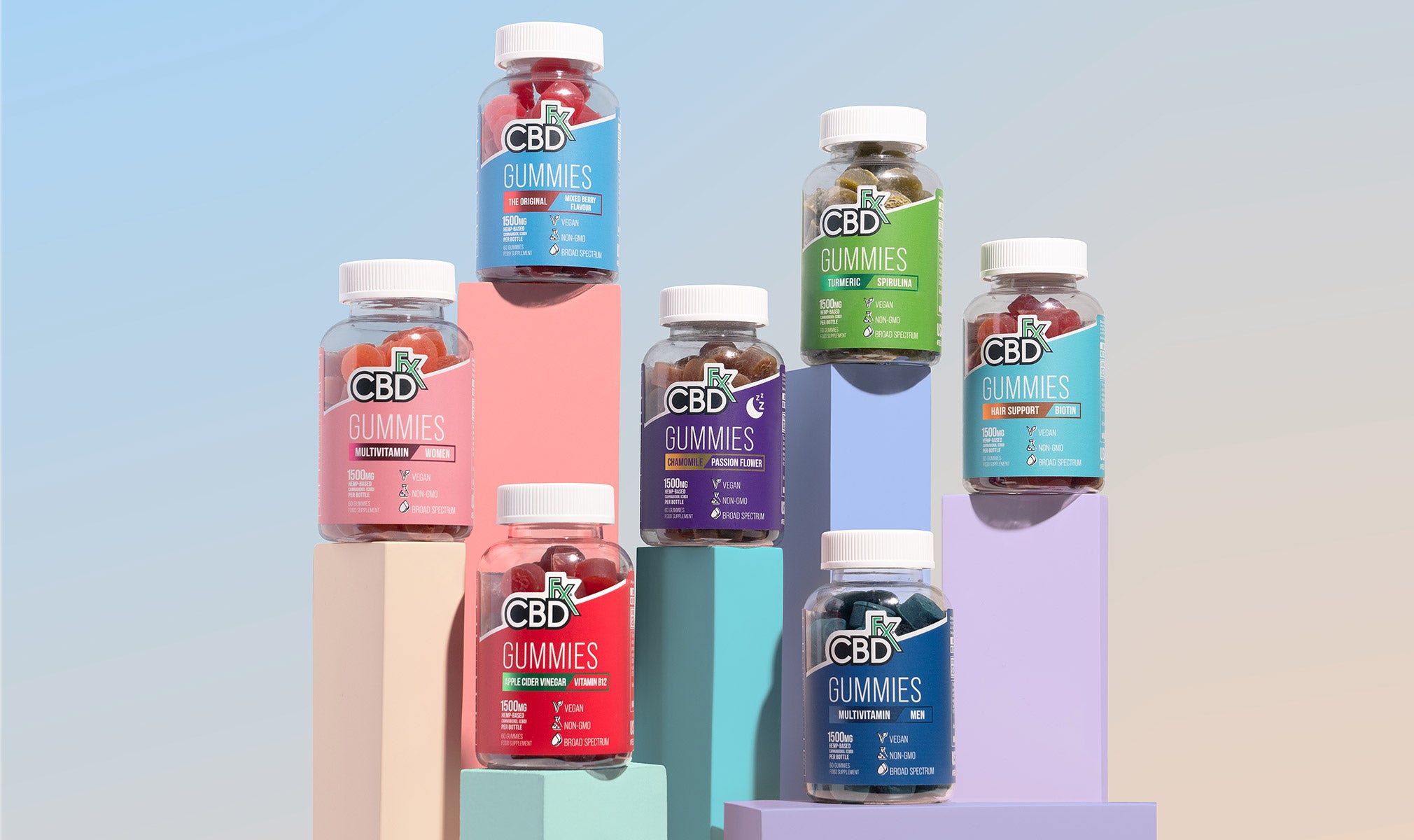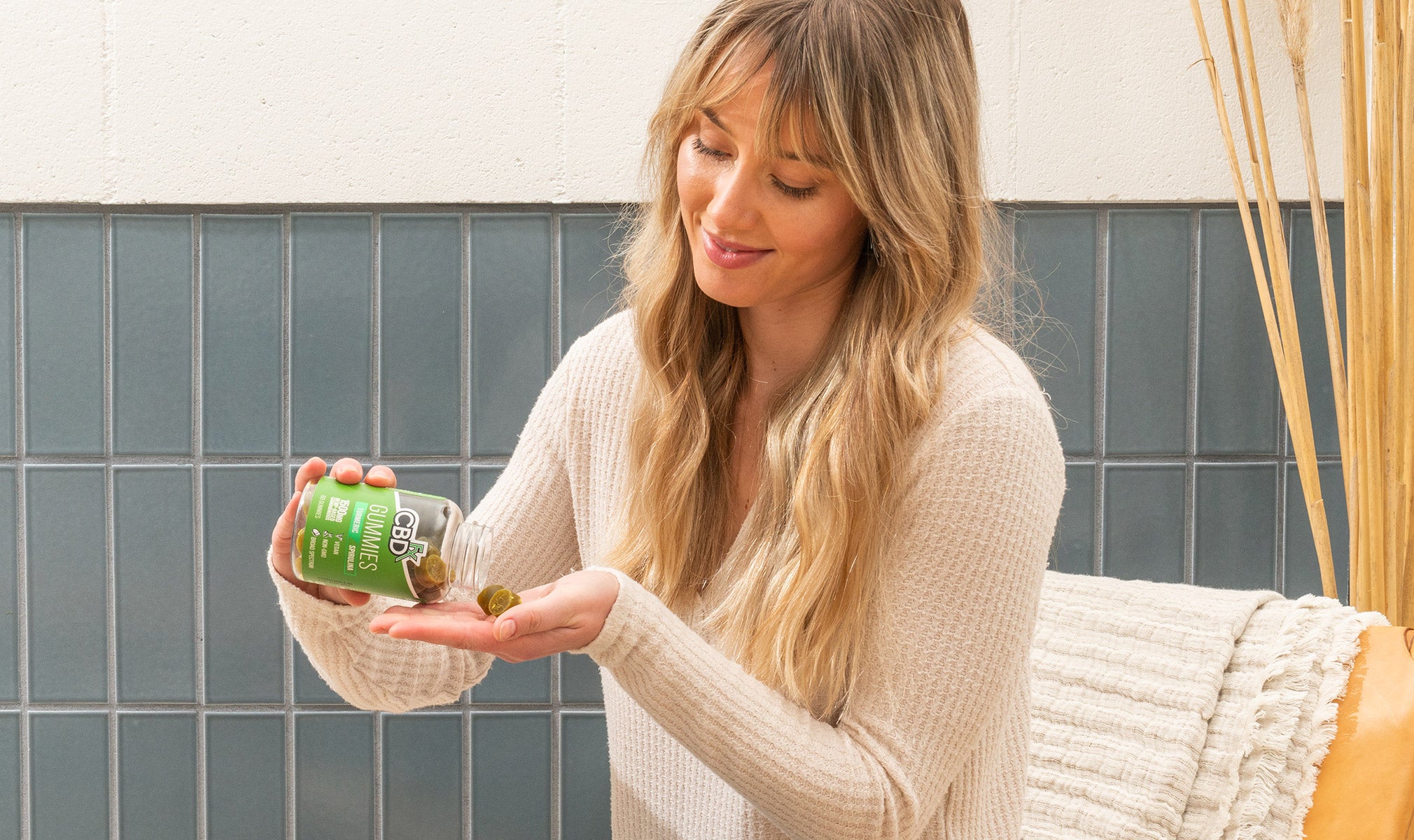If you buy a CBD product tested by a third-party laboratory, do you know how to read the lab report?
It’s become the standard for top-tier CBD companies to test products at a batch level and publish findings in lab reports. Since product standards vary across the industry, lab reports have become a benchmark for consumers to confirm the purity and overall quality of a product.
However, when you first open up a lab report, you may start to feel overwhelmed. There’s a ton of information to examine. Was the CBD grown organically? What cannabinoids are present? Are there any toxins in the product?
It takes time to review a lab report, but you can easily find answers to your questions once you know what to look for.
So, if you’re new to reading a CBD lab report, this is the guide for you. We’ll go over the details you’ll find on these reports and how you can use this info to decide what product you want to purchase.
WHY LOOK AT THE LAB REPORT?
When you’re looking at a product that you may potentially purchase, you shouldn’t have a hard time locating the report. If you are looking at a specific product, it should be simple to navigate to the CBD lab report.
A lab report allows you to make an educated buying decision. You can see the exact CBD strength, down to the milligram, and make your own calculation about what product is the best bang for your buck.
A lab report also allows you to look at what is not in a product, testing for different toxins, pesticides, or solvents that may have come from the CBD oil.
Any reputable company is proud of the product they’re putting out there. By offering a lab report, the company is showing they’re invested in ensuring quality control. Think of a lab report as a compass, pointing toward companies devoted to creating quality products.
And if a CBD company doesn’t have lab reports? Well, that may be a sign that, at best, they’re not investing in transparency, and at worst, they may have something to hide.
Now that you understand the significance, what specific sections will you actually see in a lab report? Let’s go over the most common parts of the document.
START HERE: CANNABINOIDS
The first and most prominent section of a CBD lab report is usually about the cannabinoids found in the product.
If you need a refresher: cannabinoids are the unique compounds found in the cannabis family of plants. While THC is the most famous cannabinoid compound, CBD is another well-known compound. CBD is now commonly found in everything from muscle creams to multivitamins.
Other cannabinoids are beginning to capture the spotlight, too, with CBG starting to be recognized alongside CBD as another valuable part of the family.
The first part of your lab report will detail what cannabinoids are found in the product, usually in milligrams per serving (mg/serving).
To understand this section, you need to know what kind of CBD is in your product: broad spectrum CBD. Broad spectrum CBD contains natural terpenes and cannabinoids, but it has been processed to contain nearly untraceable amounts of THC. For products with broad spectrum CBD oil, you should see “ND” in the THC section. ND refers to “not detected,” which means any results found were less than the industry standard Method Reporting Limit.
You’ll also find sections about the total CBD and total cannabinoids noted in mg/serving. This is where you can double-check your serving size and what CBD strength you will be getting per serving amount.
MAKE SURE TO REVIEW: PESTICIDES
Now that you know what is in your CBD product, you want to find out what isn’t in it. That’s what the remaining sections of the lab report are for.
A quality product should be made with quality CBD. Where do you start to examine the sourcing of CBD oil? First, check out the section that shows test results for common pesticides.
The gold standard for hemp in the industry is CBD oil made from 100% organic hemp. Organic hemp ensures you won’t find the harmful pesticides and fertilizers you would discover in non-organic products.
While the product should say whether the CBD oil is organic or not, you can also check for details in the lab report.
You can view the list of pesticides they’re testing for and the details of any mass detected. If you are buying an organic CBD oil product, you should see a long column of ND (not detected) and the status marked as “pass” for all tested pesticides.
RECAPPING OTHER CATEGORIES: MICROBIALS, MYCOTOXINS, AND HEAVY METALS
Finally, you should check some of the more harmful things labs test for in products.
Of course, most companies won’t knowingly sell a product if there are any unsafe things found in a batch. However, keeping an eye on the lab report can reassure you the company is actively testing its product. When you can see they are making the results freely available to you, it’s a good sign of transparency.
Here are a few common sections you should be reviewing:
- Microbials from the manufacturing process that would cause health problems (salmonella is a common example)
- Mycotoxins: toxins produced by molds or fungi in food that may have occurred in the manufacturing process
- Heavy metals, like arsenic, mercury, or lead, that may have been absorbed by the hemp plant during the growing process
- Residual solvents that may be left over from the CBD extraction process (especially if a company uses something like a butane extraction rather than CO2 extraction)
The CBD industry has grown rapidly over the last few years. While this means consumers have more choices than ever, it also, unfortunately, means some brands haven’t been around long enough for consumers to understand their practices.
A brand may try to cut corners in terms of quality, leading to poorly made products or even unsafe ingredients. As a consumer, you don’t want to be ingesting these kinds of CBD products.
Lab reports help level the playing field. These objective third-party test results ensure companies follow transparent practices, and the numbers also empower you as a consumer. With the information in hand, you are ready to figure out what product is just right for you.
Ready to take a look at a full range of high-quality CBD products?
Check out CBDfx’s best-selling line of CBD gummies today!





